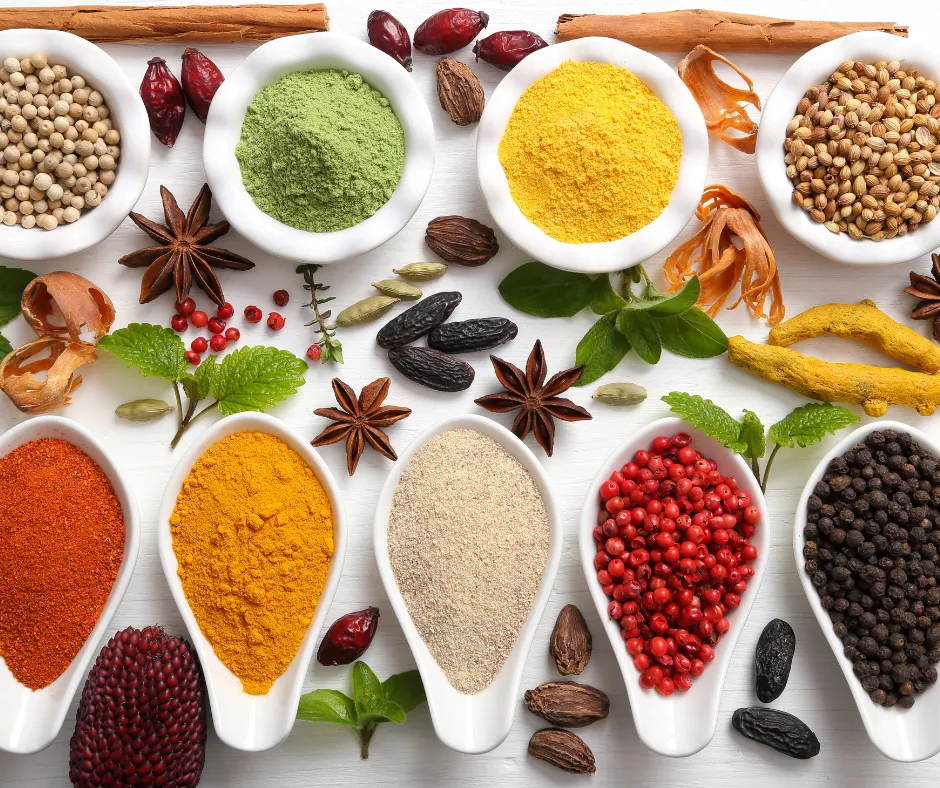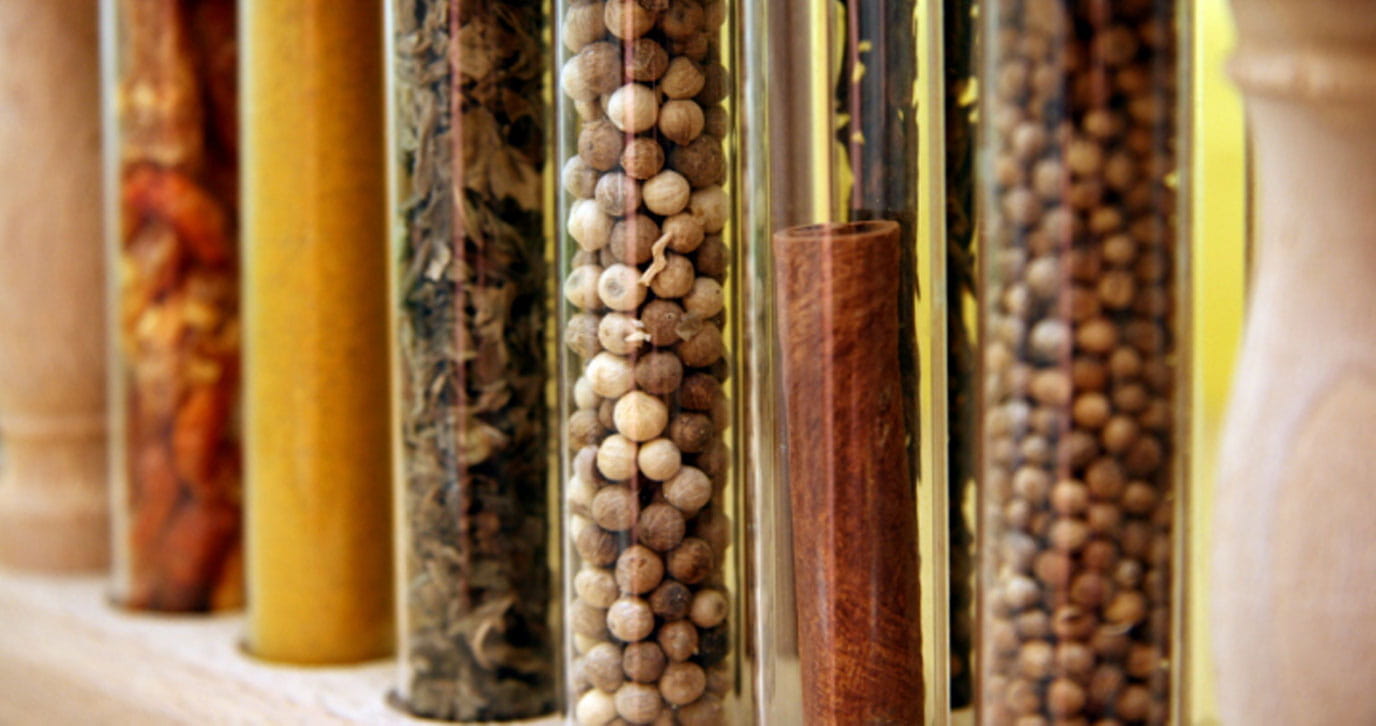May, 2025
Nutrition Education “Shorts”: The Effect of Short-Form Media on Conveying Information About Improving Diet Quality
Researchers at Penn State University compared the effectiveness of short (~1 min) nutrition education videos to longer (~5 min) videos by evaluating participants’ interest, knowledge, confidence, and likeliness to use herbs and spices in their cooking before and after the videos.












